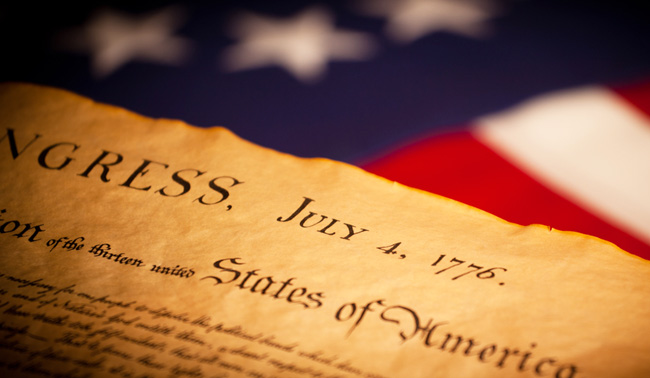

 Reframing Art History, a new kind of textbook. With 503 contributors from 201 colleges, universities, museums, and researchĬenters, Smarthistory is the most-visited art history resource in the world. We believe that the brilliant histories of art belong to everyone, no matter their background. The official British response scolded the “misguided Americans” and “their extravagant and inadmissable Claim of Independency”.At Smarthistory, the Center for Public Art History, we believe art has the power to transform lives and to build understanding across cultures. One copy crossed the Atlantic, reaching King George III months later. The Dunlap Broadsides weren’t signed, but John Hancock’s name appears in large type at the bottom. These copies, known as the Dunlap Broadsides, were sent to various committees, assemblies, and commanders of the Continental troops. John Dunlap, official printer to Congress, worked through the night to set the Declaration in type and print approximately 200 copies. Two days later, it ratified the text of the Declaration.
Reframing Art History, a new kind of textbook. With 503 contributors from 201 colleges, universities, museums, and researchĬenters, Smarthistory is the most-visited art history resource in the world. We believe that the brilliant histories of art belong to everyone, no matter their background. The official British response scolded the “misguided Americans” and “their extravagant and inadmissable Claim of Independency”.At Smarthistory, the Center for Public Art History, we believe art has the power to transform lives and to build understanding across cultures. One copy crossed the Atlantic, reaching King George III months later. The Dunlap Broadsides weren’t signed, but John Hancock’s name appears in large type at the bottom. These copies, known as the Dunlap Broadsides, were sent to various committees, assemblies, and commanders of the Continental troops. John Dunlap, official printer to Congress, worked through the night to set the Declaration in type and print approximately 200 copies. Two days later, it ratified the text of the Declaration. 
On July 2, 1776, Congress voted to declare independence. He was especially sorry they removed the part blaming King George III for the slave trade, although he knew the time wasn’t right to deal with the issue. He was not pleased when Congress “mangled” his composition by cutting and changing much of his carefully chosen wording. Jefferson later explained that “he was not striving for originality of principal or sentiment.” Instead, he hoped his words served as an “expression of the American mind.” Less than three weeks after he’d begun, he presented his draft to Congress. He borrowed freely from existing documents like the Virginia Declaration of Rights and incorporated accepted ideals of the Enlightenment.

On June 11, 1776, Jefferson holed up in his Philadelphia boarding house and began to write. National Archives, Records of the Continental and Confederation Congresses and the Constitutional Convention Writing the Declaration Enlarge The Dunlap Broadside, July 4, 1776








 0 kommentar(er)
0 kommentar(er)
